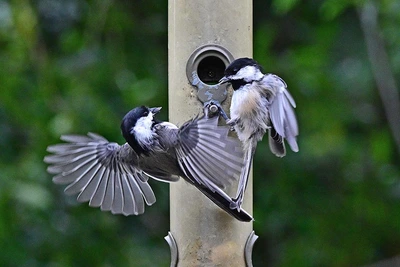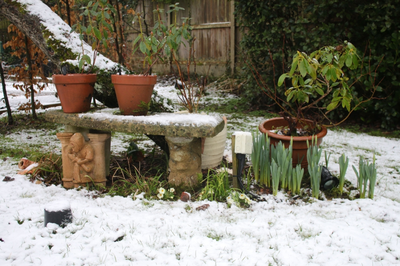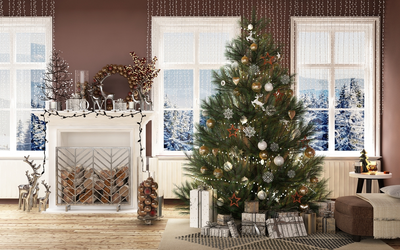Summer Feeding
By Myrna Pearman, Mother Nature’s Naturalist and Backyard Birding Expert
Offering supplemental food to wild birds is of benefit to both the birds and their human admirers. The birds benefit by being able to access nutrients with minimum effort while bird feeding stations bring birds in close for us to observe and enjoy them. Summer is especially interesting for backyard bird feeding since feeders will not only attract the local residents but also migrants that are in the region for the breeding season.
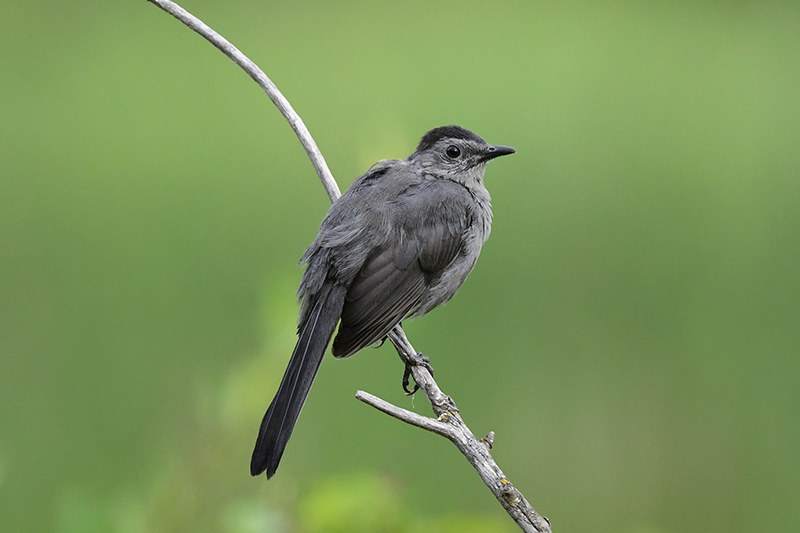
Gray Catbird
While natural food sources—including insects, blossoms, berries and fruit—are abundant during the summer months, feeding stations with appropriate offerings will still be visited. Some bird species will even bring their offspring to backyard bird feeding stations, providing added enjoyment and unique nature observations.
In areas where bears are active during the summer, it is best to stop feeding altogether. Bears are very adept and persistent at accessing feeders, even those placed high and protected by baffles and wire.
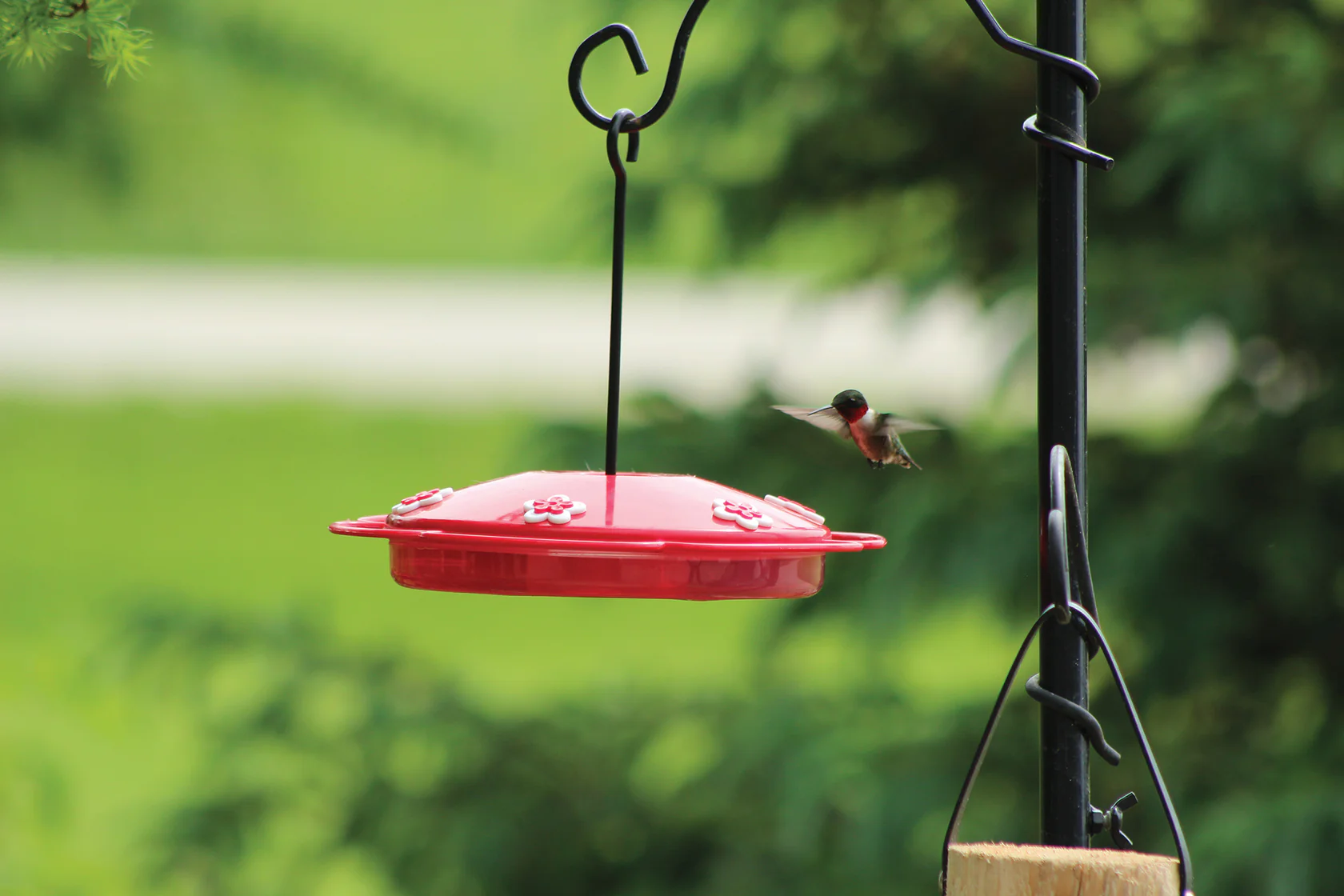
Hummingbird feeders are almost guaranteed to bring in hummingbirds as well as other species that might discover them, including woodpeckers (especially sapsuckers) and orioles. If your hummingbird feeder is too small for orioles to feed at, try a commercial oriole feeder. Use only white sugar dissolved in hot water (1 part sugar to 4 parts water). Clean the feeders often and replenish the solution frequently, especially during hot weather.
The best summer seed offerings include sunflower seeds, sunflower chips, nyjer seed, nuts and blends which contain sunflower seeds, nuts, nyjer and a small amount of millet. Suet, especially commercial suet blocks, can also be offered. Mealworms are also a delectable summer offering and, once discovered, will be eagerly sought by a number of different species (especially bluebirds, robins, warblers and chickadees). Most birds prefer live mealworms, but some will learn to eat dehydrated ones.
The above offerings can be further supplemented with orange halves and jelly. While grape jelly is the undisputed favourite, any type of jelly can be offered. Dispense small amounts at a time and replenish as needed. Other species, notably warblers, finches, tanagers, robins and catbirds, have been observed frequenting jelly feeders.
While it might be tempting to offer other types of food during the summer, there are a few items that are definite no-nos. Never feed bread or pastry, especially to waterfowl. Bread products lack the proper nutrition, will impede digestion and, in ducks, can even cause a deformity (called “angel wing”) that hinders their ability to fly. If you want to feed waterfowl, offer them small amounts of wheat.
Other human foods to avoid include chocolate, avocados, onions and garlic (cooked or raw), fruit pits (which contain cyanide), milk, honey, dried beans and mushrooms.
Finally, avoid offering cheap, hardware-store seed blends that contain non-palatable items such as milo, flax and cereal grains, or are overstuffed with the less-attractive ingredients such as canary seed and corn. Instead, choose Mother Nature’s seeds, nuts and high-quality blends.
Enjoy your summer birds!
Have more questions? Visit your local Buckerfield's and we'll be happy to help!

